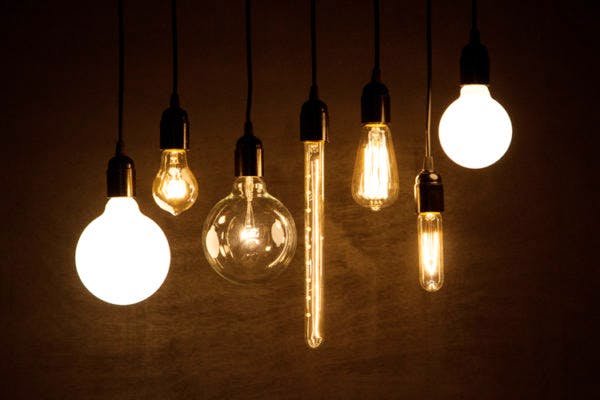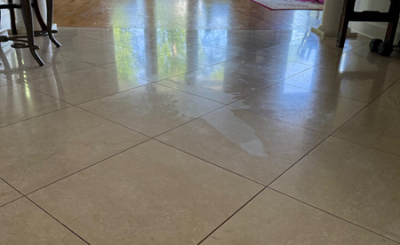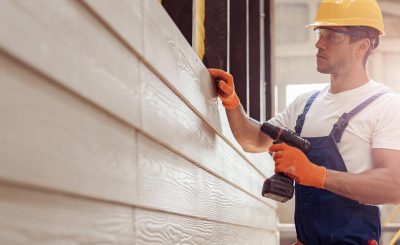Creating an energy-efficient home can help you save money on your energy bills while also reducing your impact on the environment. Here are some simple steps you can take to make your home more energy-efficient:
1. Upgrade to Energy-Efficient Appliances
Older appliances can be energy hogs and may end up costing you more in energy bills. Consider upgrading to energy-efficient appliances, which can save you money in the long run. Look for appliances with the ENERGY STAR label, which indicates that they meet certain energy-efficient standards.
2. Use Energy-Efficient Light Bulbs

Switching out your old incandescent light bulbs for energy-efficient LED bulbs can help you save money on your energy bills. LED bulbs use less energy and last longer than traditional bulbs, making them a great investment for your home.
3. Install a Programmable Thermostat
Installing a programmable thermostat can help you save money on your energy bills by automatically adjusting the temperature in your home. Set the thermostat to lower the temperature when you’re not home or while you’re sleeping to save energy and money.
4. Seal Air Leaks
Air leaks in your home can cause your energy bills to skyrocket. Seal air leaks around doors, windows, and other areas with weatherstripping or caulking. This will help keep your home warm in the winter and cool in the summer, reducing the need for heating and cooling.
5. Insulate Your Home
Insulating your home can help keep it warm in the winter and cool in the summer. Adding insulation to your attic, walls, and floors can help reduce the amount of energy needed to heat and cool your home.
6. Use Energy-Efficient Window Treatments

Window treatments can help keep your home cool in the summer and warm in the winter. Look for energy-efficient window treatments such as shades, blinds, or curtains that can help keep out drafts and regulate the temperature in your home.
7. Use Power Strips
Using power strips can help you save energy and money by allowing you to turn off multiple devices at once. Plug your electronics into a power strip and turn it off when you’re not using them to save energy and money.
8. Choose Energy-Efficient Landscaping
Planting trees and shrubs strategically around your home can help reduce the amount of energy needed to heat and cool your home. Trees can provide shade in the summer, reducing the need for air conditioning, and can act as a windbreak in the winter, reducing the amount of heat lost through windows.
Making your home more energy-efficient doesn’t have to be difficult or expensive. By following these simple steps, you can save money on your energy bills while also reducing your impact on the environment.








